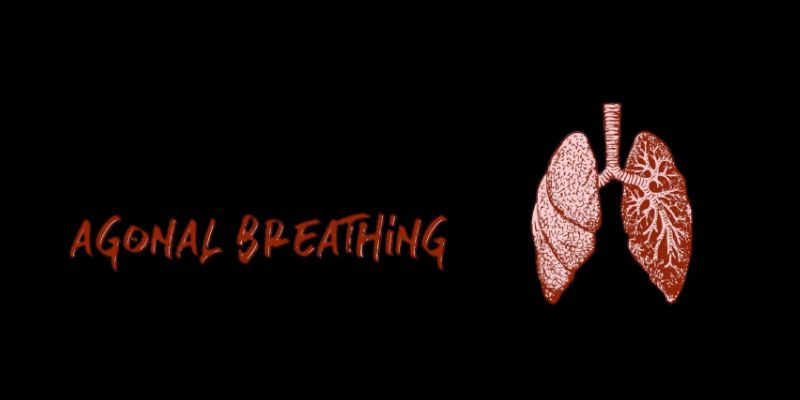Buying a home is a major milestone, but it also comes with layers of paperwork and terms that most people don’t deal with daily. One of those lesser-known but very important terms is the mortgage clause. While it might sound like a small part of your mortgage contract, it can carry big implications—especially when it comes to insurance.
Most people gloss over it, trusting their lender or insurance agent to handle the details, but understanding this clause can save a lot of confusion and possibly money if something goes wrong. Let's break it down in plain English, step by step.
Understanding the Basics of a Mortgage Clause
At its core, a mortgage clause is a provision included in your homeowner’s insurance policy. This provision protects the lender—the bank or financial institution that gave you the mortgage—if there is any damage to the property. Essentially, it ensures they continue to receive payment even if the house is destroyed by fire, flood, or another covered event. This clause also ensures that the lender is notified of any changes to the policy, such as cancellation or non-payment of premiums.
When you purchase a home with financing, the lender becomes one of the most important people in your home until the mortgage is satisfied. Due to this, they want to know their investment will be safeguarded. That's where the mortgage clause comes in. It formally names the lender as a "mortgagee," meaning they have a financial interest in the property and must be included in any insurance claims.
For example, suppose your house burns down, and your insurance company pays out a claim. In that case, the mortgage clause ensures that the lender receives compensation for the unpaid loan balance before any remaining funds are distributed to you. This might feel a bit impersonal, but from the lender's point of view, it's just good risk management.
Different Types of Mortgage Clauses
Although the term “mortgage clause” is often used as a blanket term, there are two main types you’ll come across: standard mortgage clause and open mortgage clause. Each operates slightly differently, and knowing the difference can help you understand your policy better.

The standard mortgage clause is the more common and more protective version—for the lender. It's structured so that the lender's rights remain intact even if the homeowner violates policy conditions. For example, if the homeowner is found to have misrepresented information or neglected to provide it, the insurance company can still pay the lender under the terms of the policy. This version basically separates the responsibilities of the borrower and the lender.
The open mortgage clause, on the other hand, offers less protection to the lender. With this clause, if the policy is invalidated due to homeowner misconduct or error, the lender might not receive any payout. It ties the lender's rights directly to the homeowner's actions, making it a riskier proposition from the lender's standpoint. That's why most lenders prefer the standard version and often won't approve loans unless it's part of the policy.
Another aspect worth noting is the requirement for the insurer to notify the lender of policy changes. This gives the lender time to act if the insurance is being canceled, allowing them to maintain coverage and protect their collateral. For homeowners, this means that if you let your policy lapse, the lender can require insurance on the property—called "force-placed insurance"—and add that cost to your mortgage.
Why Mortgage Clauses Matter in Homeowners Insurance?
Now that we know what a mortgage clause is, it's important to understand why it's not just a legal filler in an insurance contract. The moment you take out a mortgage, the lender becomes essentially a silent partner in your property. This means any risks to your home are also risks to them. A mortgage clause protects their financial interest by guaranteeing them a portion of any insurance payout—often before you see a dime.

If you miss a payment, your insurance may be canceled. Without a mortgage clause, the insurer may not have to inform the lender, leaving them vulnerable. But with the clause in place, they're notified promptly. This gives the lender a chance to step in and make a payment on your behalf to keep the insurance active, adding it to your loan balance later. This protects everyone involved.
It’s also worth noting that many lenders will require specific wording in the mortgage clause. This might include the full legal name of the lender and even specific policy language that gives them certain rights. The clause must be detailed and correct, or the insurance company might not honor it. That’s why lenders often provide borrowers with the exact text they want included in the insurance policy.
What happens during a claim is also worth discussing. In the event of a total loss, the insurer will make the check out to both you and the lender. You can’t just cash it and walk away; the lender needs to agree on how the money is used—either toward repairing the home or paying down the loan. Without a mortgage clause, this process would be chaotic and open to all kinds of disputes.
Conclusion
The mortgage clause might seem like a small detail, but it’s a key part of your homeowner’s insurance. It protects both you and your lender by making sure the lender’s investment is covered if something happens to the home. This clause also guides how claims are handled and how payments are distributed. If your policy lapses or changes without notice, it can lead to trouble. Keeping your insurance active and informing your lender of updates helps avoid that. While you can’t change the clause, knowing how it works gives you more control and helps you avoid confusion or extra costs. It’s a simple thing that matters.












